Prevent and Combat Human Trafficking
JANUARY IS NATIONAL SLAVERY AND HUMAN TRAFFICKING PREVENTION MONTH - HERE ARE SOME OF OUR PREFERRED RESOURCES FOR AWARENESS AND TRAINING
If there was ever a topic with a no-brainer “why”, this is it. I mean, no one is pro-trafficking (except the thousands who perpetrate this horrible industry). But for good measure, let’s start with some information and data:
First, if you are aware of the United Nations Sustainable Development Goals, the guiding framework on sustainable development, there are three that address human trafficking (SDG 5 on achieving gender equality, SDG 8 on decent work, and SDG 16 on peace and justice).
According to the Polaris Project, 25 million people are trafficked globally. Polaris Project has a page with many infographics you can review to learn more details about how, when, where, and why people are trafficked.
While sex trafficking is often the type we most identify with trafficking, particularly of children because it is such an abhorrent act, trafficking extends to other categories, such as labor and armed conflict, and is nuanced, such as sex trafficking for internet pornography or prostitution. For last month’s Office Hours, we addressed the topic of challenges with labor exploitation in supply chains - read our blog here or watch the December session here.
January 11th (2021) is Human Trafficking Awareness Day.
Here are some resources you should explore to learn more about how to prevent human trafficking, including resources for recognizing the signs, engaging different types of communities, and training others in your workplace:
ECPAT International is a global collection of 122 member organizations in more than 100 countries. Their emphasis is on ending the sexual exploitation of children specifically.
Hope for Justice provides some downloadable resources on spotting signs and activities for your organization to engage in during the month.
It’s a Penalty is an organization that highlights the role that sports play in driving demand for trafficking. Recognizing that the Super Bowl and other major sporting events coincide with big spikes in trafficking, these athletes and sports organizations are speaking out. They have some powerful names, including Liam Neeson and international sports stars and Olympians as part of their spokespersons cadre. This can help bring attention to the problem among those not previously aware.
Want to learn more about trafficking data in your region? Check out The Counter Trafficking Data Collaborative which has an interactive map with data to explore.
There are also industry-based initiatives, especially for hospitality and travel given the role these businesses play in human trafficking crime and transactions. The American Hotel and Lodging Association offers, in partnership with EPCAT, training on Unpacking Human Trafficking, and Airports Council International has member tools for combatting human trafficking.
Follow us on social media and share your efforts to combat slavery.
